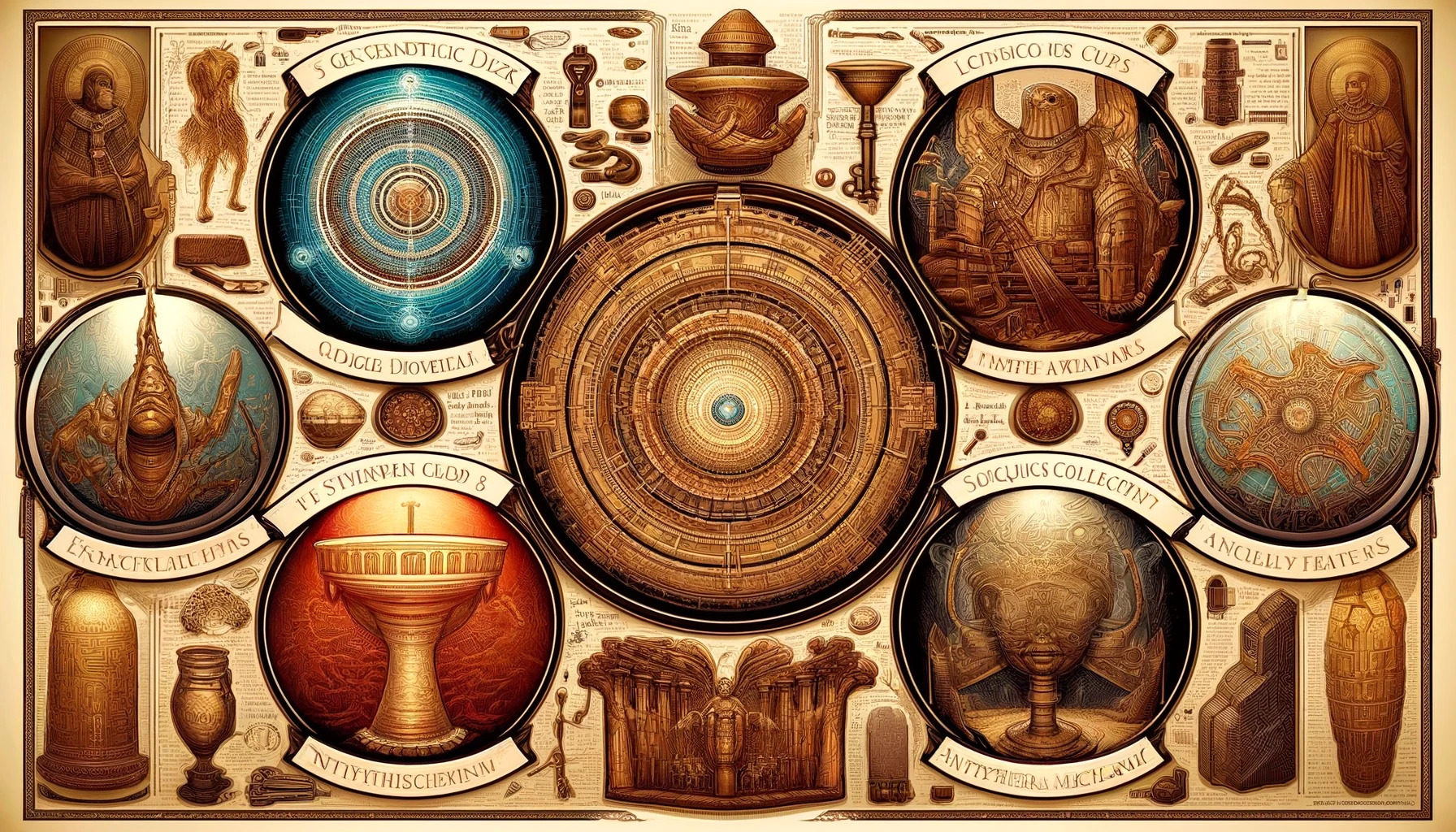
You know that the official version of history does not always coincide with reality, right? Moreover, modern science is unable to explain the origin of many ancient artifacts found in different parts of our planet. One fifth of the finds still remain without a clear scientific interpretation. Researchers are simply able to understand what it really is.
Read about the subjects that have stumped the best scientists and recognized geniuses of thought in our informative selection.
Genetic disk
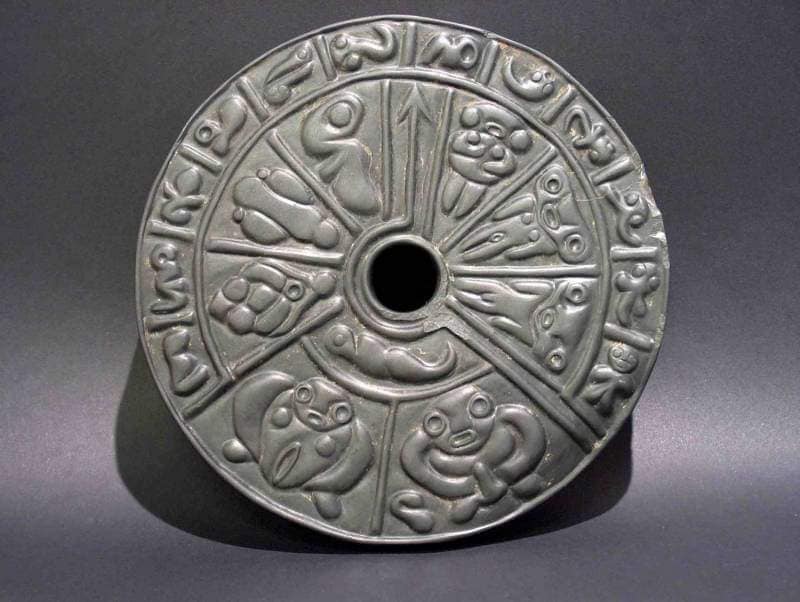
This artifact was found in Colombia by archaeologist Jaime Gutierrez. Scientists have found that the ancient object is about 6,000 years old. It belonged to the Indians of South America. The frying pan-sized stone disk has neatly carved designs on both sides. The images depict the full cycle of human development, including fertilization and the gradual intrauterine development of the fetus. Today, doctors observe this process with the help of special high-tech devices. It is still unknown where the primitive tribe got the disk with such detailed instructions.
The Gigas Code (Gigantic Code)
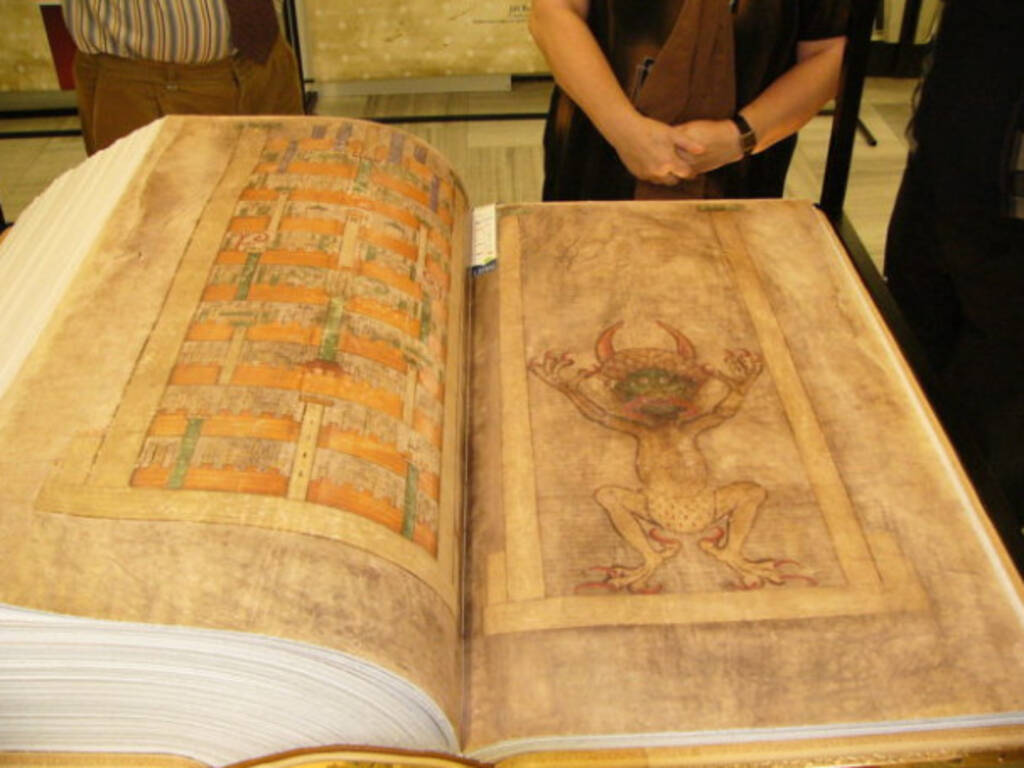
The medieval manuscript was created in Podlažice, a monastery in the Czech Republic. It is currently on permanent display at the National Library of Sweden in Stockholm. Codex Gigas weighs 75 kilograms, is 89 centimeters high and 49 centimeters wide. On 310 pages of donkey skins, the complete text of the Bible, works of medieval scholars, medical recipes, magic spells, and even rituals for exorcism are transcribed. Almost all texts are in Latin. Modern research confirms that the titanic work was done by one person. The author was most likely the monk Herman the Hermit. The gigantic work, completed in 1230, took him 20 to 30 years to complete. Researchers still cannot understand how the scribe’s handwriting was not affected by fatigue or aging.
The Lycurgus Cup

A beautiful glass bowl made in ancient Rome in the fourth century AD can be seen in one of the London museums. Inside the vessel is decorated with patterns. The outer walls depict a sufferer. The strange thing is that the goblet changes color depending on the angle at which the light falls. If you pour water into it, it turns blue. If you fill it with sunflower oil, it begins to glow red. The secret of this bowl lies in the microscopic particles of gold, silver and other non-ferrous metals implanted in the glass. This is now called nanotechnology. Where did the ancient Romans get this knowledge, and why was it lost? The question is still rhetorical.
Sakara collection
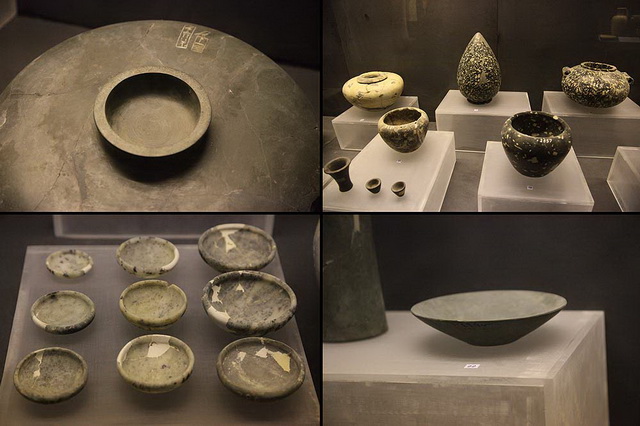
In the Step Pyramid in Saqara, Egypt, archaeologists have found 30,000 stone bowls dating back to the I-II Dynasty of the Pharaohs. At first glance, this is an unremarkable household utensil. Only the perfect symmetrical shapes of the vessels were impressive. However, the examination showed that the perfect shape could only be achieved on a lathe. Egyptologists were baffled: where did this non-trivial instrument come from in time immemorial? Part of the Sakarya collection is on display in the Cairo Museum. Some pieces were exhibited in the French Louvre and the British Museum.
Anti-kittering mechanism
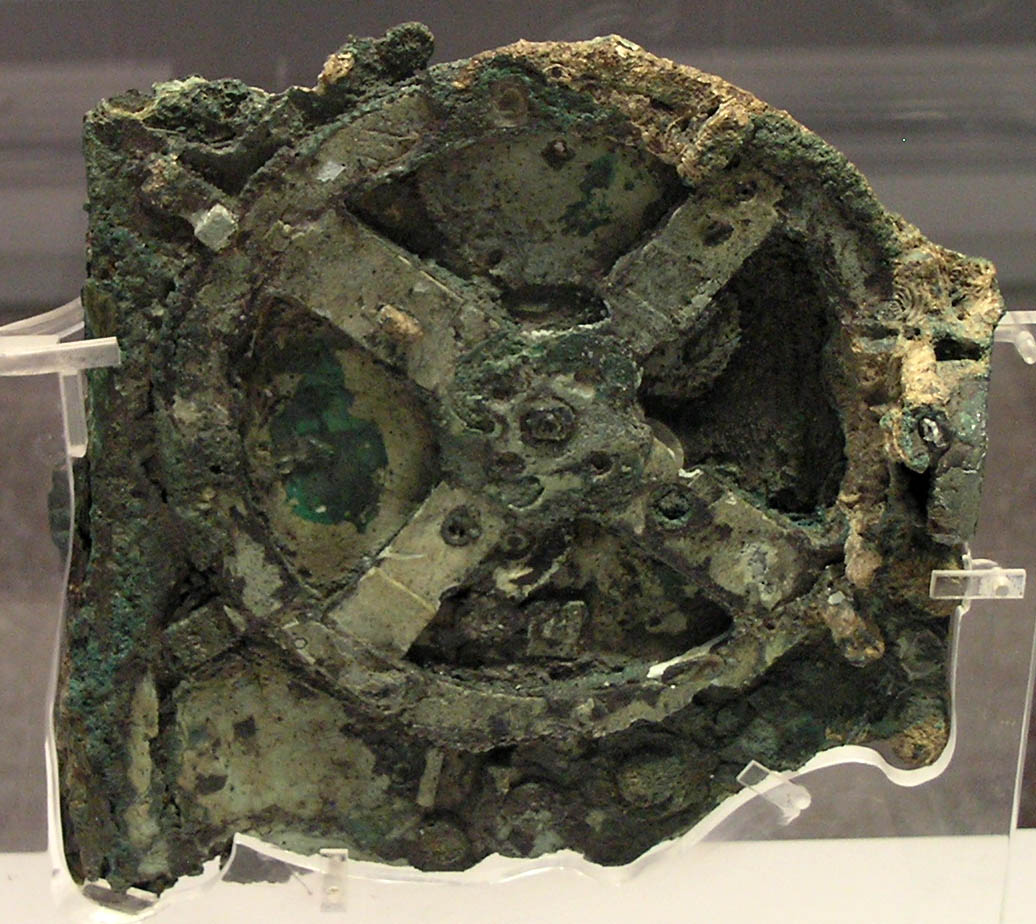
Among the wreckage of a ship that sank near the island of Antikythera, off Crete, divers found an ancient computing mechanism with a complex design. It turned out that this was the oldest analog of a computer, a thousand years ahead of similar types of technology. As the researchers found out, the set of bronze gears was used to calculate the position of the Sun and Moon, model the movement of the planets, predict solar and lunar eclipses, and even determine the dates of the Olympic Games. Prior to the discovery of the Antikythera mechanism, scientists believed that ancient civilizations were unable to manufacture such complex devices. The device is currently on display at the National Archaeological Museum of Greece.

